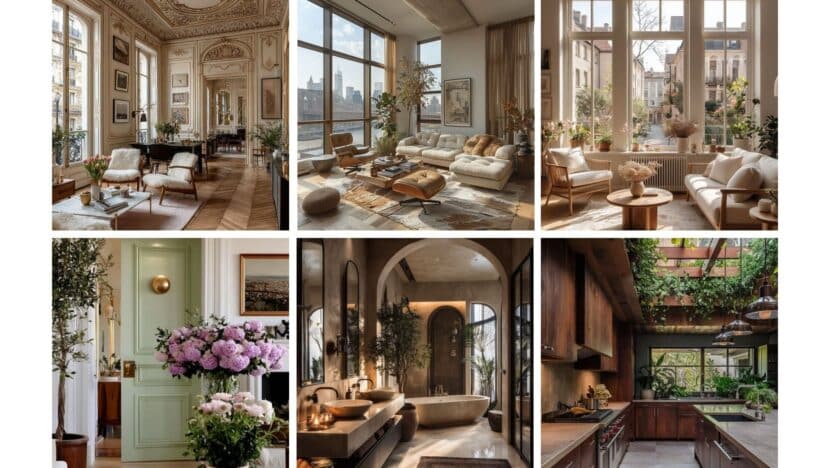Trends in interior design shift quickly, and what looked stylish a few years ago can now make a space feel dated. Right now, cold minimalism, bouclé fabrics, and stark gray tones no longer carry the same appeal they once had. Instead of creating a modern look, these choices often make a room feel flat or uninspired.
You might also notice that certain layouts and furniture styles no longer match today’s focus on comfort and longevity. Open-concept spaces, once celebrated, are losing ground as people lean toward more defined and functional rooms. Heavy, oversized furniture and overly curated accent walls also feel less relevant, leaving spaces looking staged instead of lived in.
Paying attention to what’s fading out helps you avoid investing in elements that will quickly feel out of step. By knowing which trends are slipping away, you can make choices that keep your home feeling fresh, timeless, and welcoming.
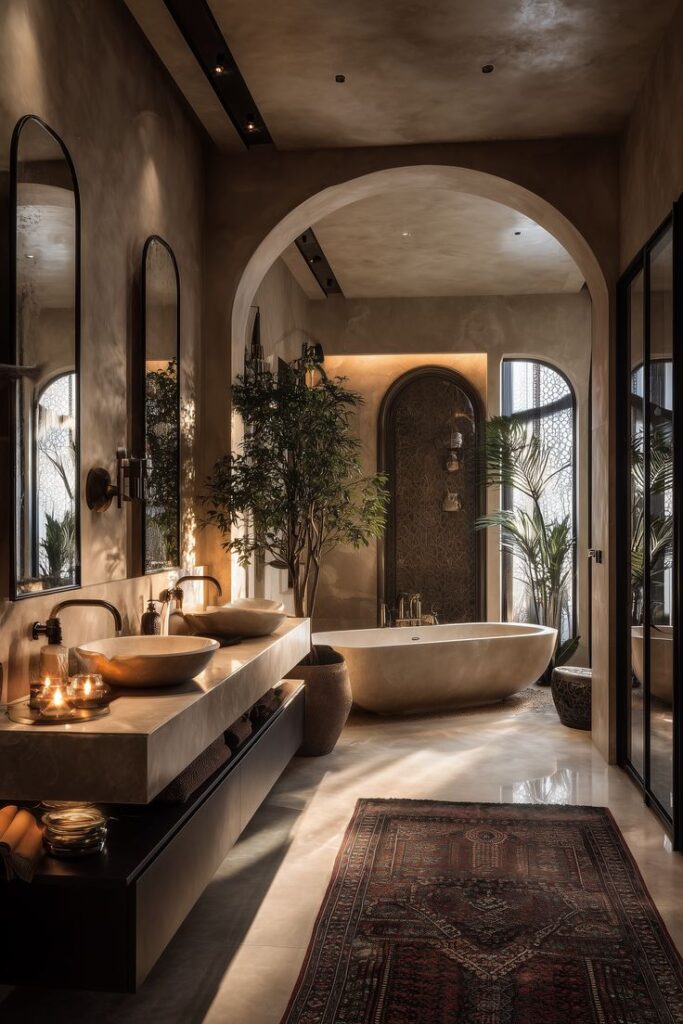
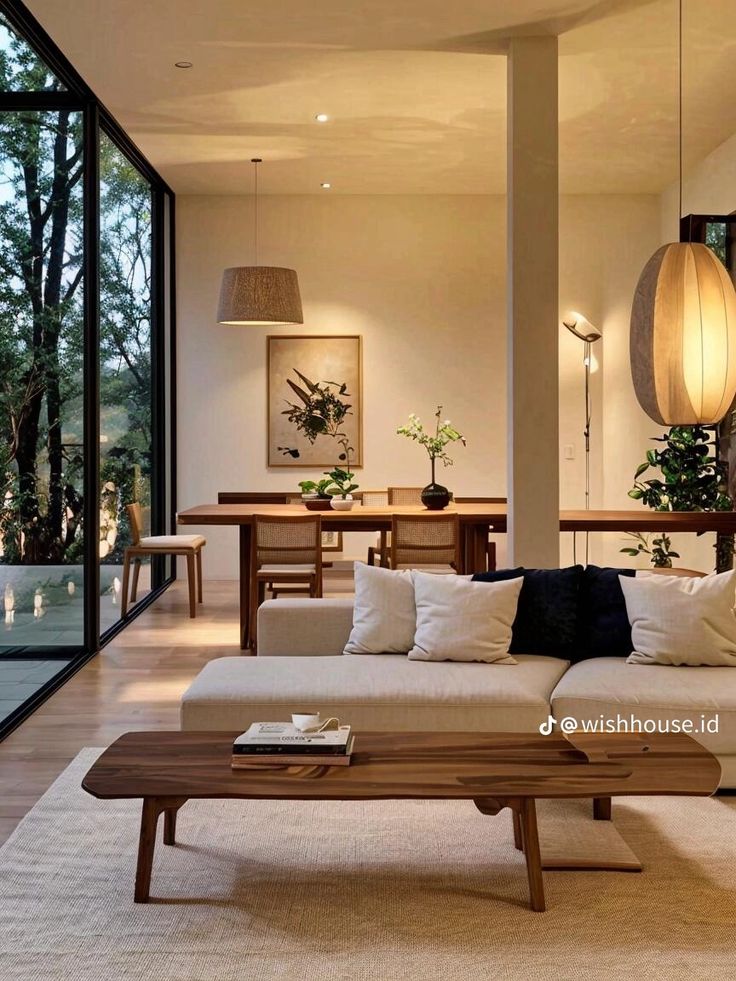
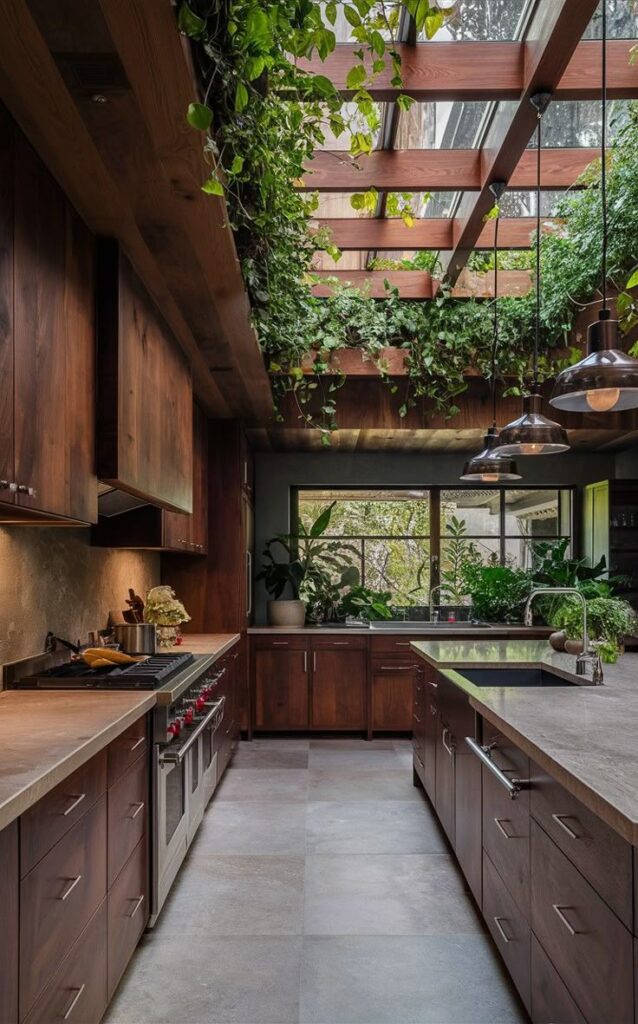
Key Takeaways
- Some once-popular design choices now make spaces feel dated
- Certain layouts and furniture styles are losing appeal
- Updating decor elements helps keep interiors current
Outdated Interior Design Trends in 2025
Designers are moving away from interiors that feel cold, repetitive, or overly staged. Spaces that once looked sleek and modern now come across as impersonal, flat, or lacking character, making them less appealing in today’s homes.
Minimalist and Sterile Spaces
Minimalism dominated interiors for years, but the stark, pared-down look has lost its charm in 2025. Homes that rely on bare walls, rigid furniture layouts, and little to no decoration often feel uninviting rather than calming.
You don’t need to fill every corner, but a sterile space without warmth or personality can feel more like a showroom than a home. People now prefer interiors with layers—think textured fabrics, personal collections, or furniture that mixes styles.
A comfortable home balances simplicity with character. Instead of stripping everything down, you can keep clean lines while adding softer lighting, natural materials like wood and linen, and a few meaningful pieces that reflect your style.
All-White and Gray Color Palettes
The all-white or gray interior once symbolized sophistication, but these palettes now read as flat and dated. Rooms dominated by one neutral tone often lack depth, making them feel lifeless.
In 2025, you’ll see more emphasis on warm neutrals and earthy tones. Beige, taupe, clay, and muted greens bring a softer, more natural feel without overwhelming your space. These shades also pair well with wood finishes and textured fabrics.
If you love neutrals, try layering different tones instead of sticking to one. For example:
- Walls: warm beige
- Sofa: soft taupe
- Accents: muted terracotta or olive green
This approach keeps your space calm but avoids the sterile look of an all-gray or all-white room.
Ultra-Coordinated Rooms
Perfectly matched interiors—where the sofa, curtains, rugs, and accessories all follow the same color and style—are quickly falling out of favor. While coordination once suggested polish, it now feels stiff and overly staged.
You’ll find that mixing styles and finishes creates a more natural, lived-in look. A leather chair next to a linen sofa or a vintage coffee table paired with a modern lamp adds personality without looking chaotic.
Instead of buying full furniture sets, choose individual pieces that complement each other without being identical. This shift allows your home to reflect your taste rather than a catalog display, making the space feel more genuine and inviting.
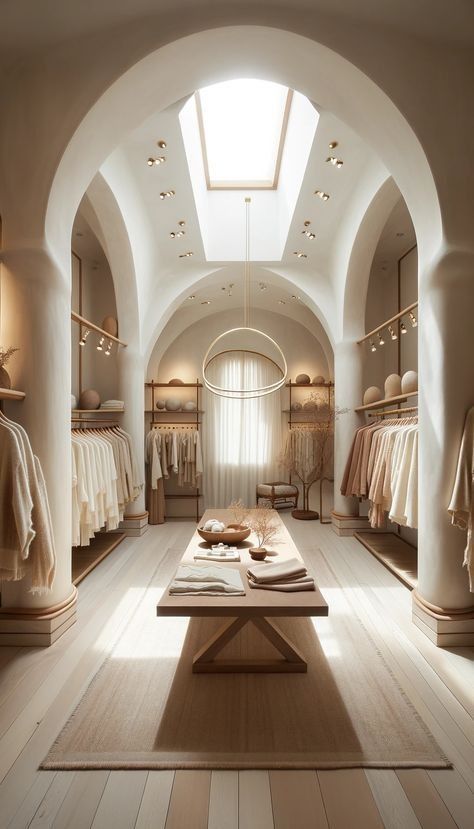
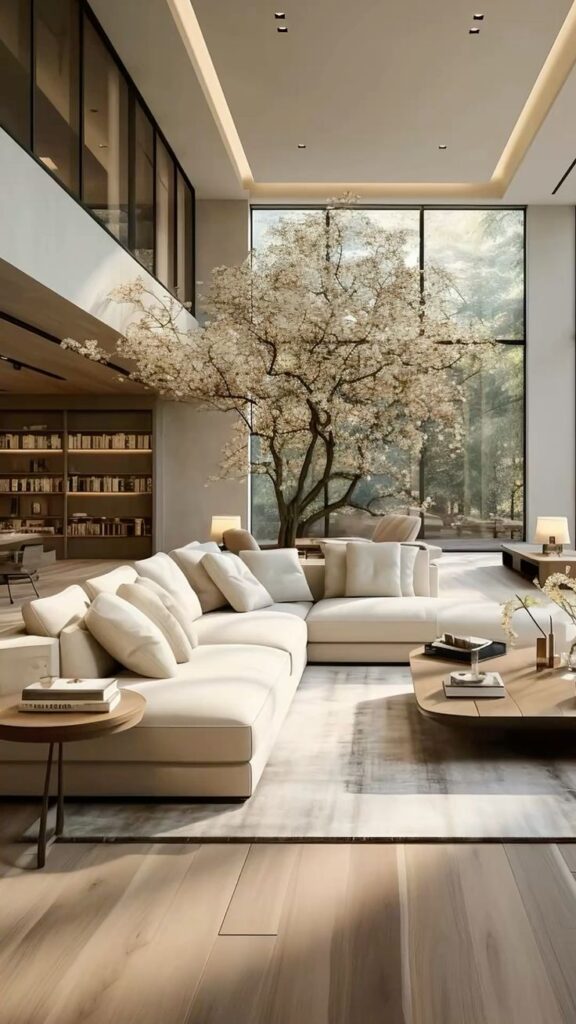
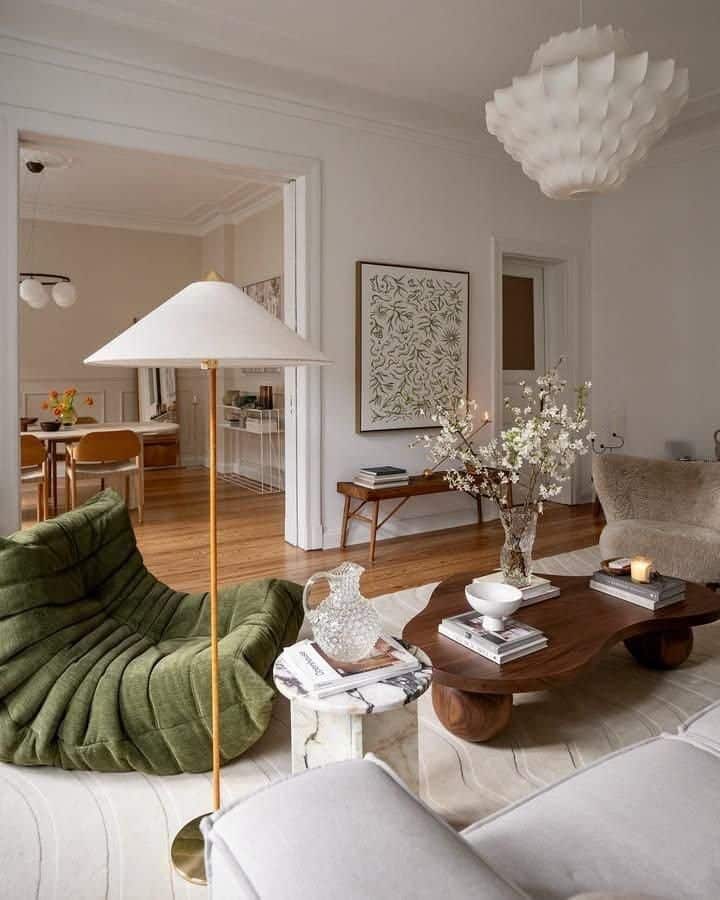
Accent Walls and Feature Wall Fatigue
Many design choices once considered bold now feel dated. You’ll notice that accent walls, patterned surfaces, and even wallpapered ceilings are losing their appeal as homeowners seek more cohesive, functional spaces.
Decline of the Accent Wall
Accent walls were once a quick way to add personality with a single bold color. Today, they often look disconnected from the rest of the room. Instead of enhancing the space, they can make it feel unfinished or overly staged.
Designers now recommend using consistent tones throughout a room. This approach creates a calmer, more unified backdrop. If you want contrast, you can achieve it with furniture, textiles, or natural materials rather than one painted wall.
Another drawback is how easily accent walls date a space. A trendy paint shade or graphic mural may feel fresh for a year, but it can quickly become outdated. By keeping your walls uniform, you avoid frequent repainting and maintain flexibility with your décor choices.
Patterned Feature Walls
Feature walls with heavy patterns—like oversized florals, geometric prints, or textured panels—are also fading. While they once added excitement, they can overwhelm smaller rooms and limit your styling options.
Large-scale patterns often compete with furniture and artwork. Instead of highlighting your space, they may distract from it. This makes the room harder to decorate without feeling cluttered.
A more current approach is to use subtle textures or natural finishes. For example, a wall clad in warm wood or stone feels timeless and doesn’t fight with other design elements. Neutral backdrops also let you refresh your space more easily with new accessories.
Wallpapered Ceilings
Wallpapered ceilings became popular as a bold design move, but they now feel impractical. They can make ceilings appear lower, especially in smaller homes, and create a heavy, closed-in atmosphere.
Maintenance is another issue. Wallpaper on ceilings is harder to install and more difficult to replace. If you tire of the look, removal becomes a major project.
Instead of wallpaper, you can use ceiling paint in a soft contrast color or add architectural details like beams or paneling. These options provide visual interest without overwhelming the room or locking you into a short-lived trend.
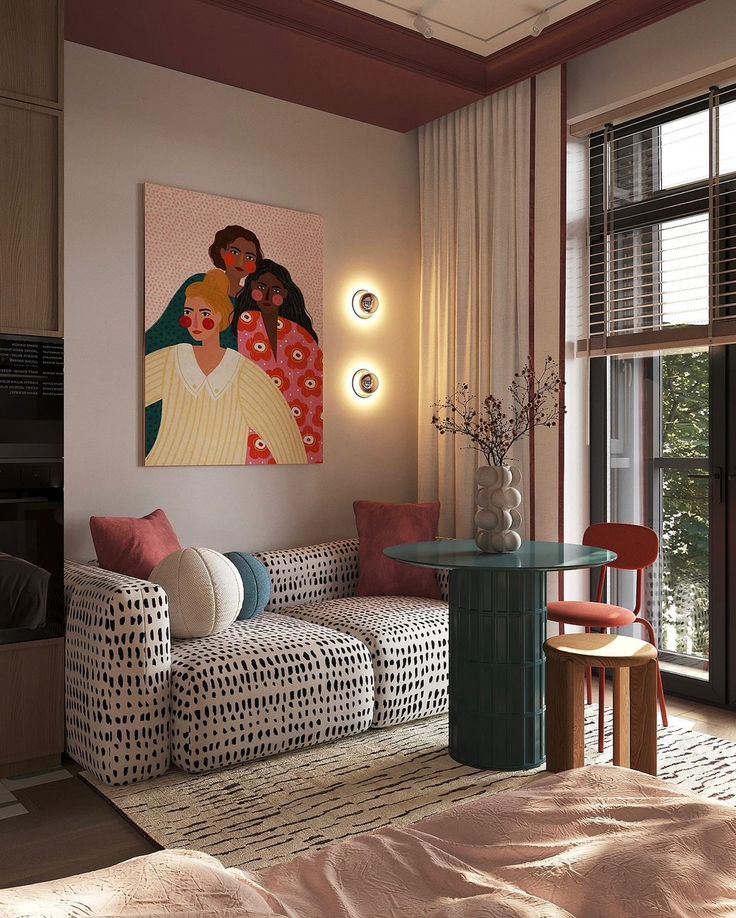
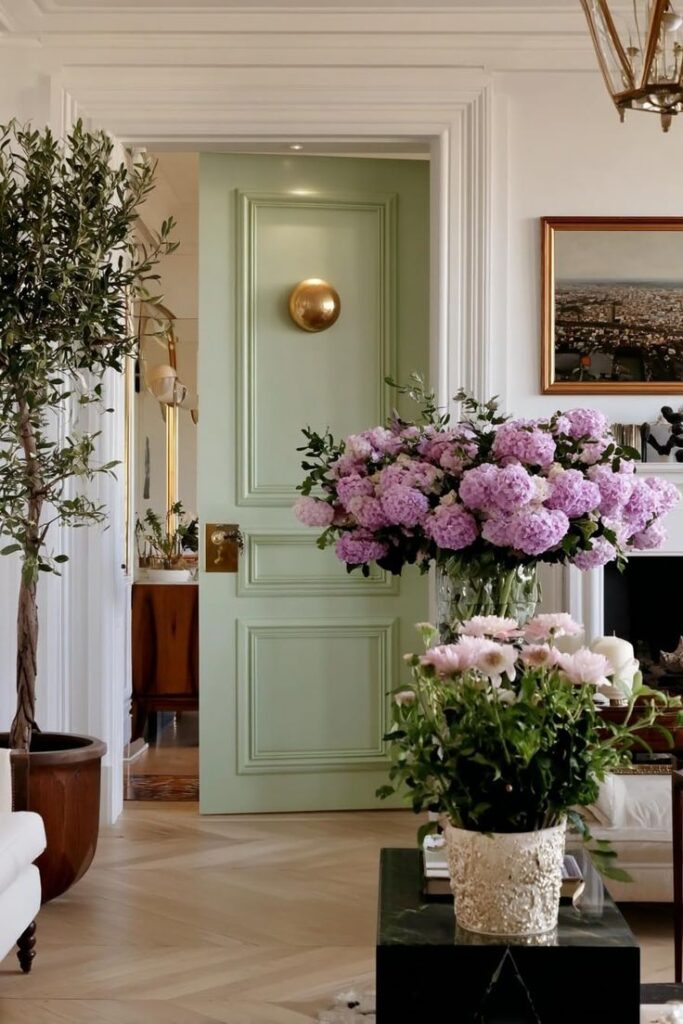
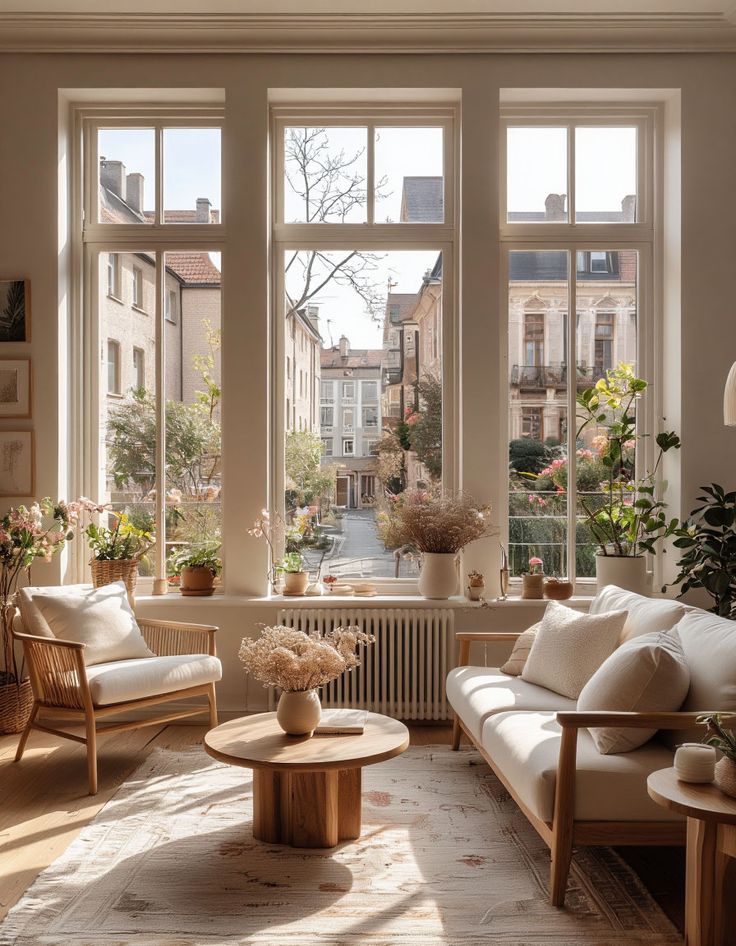
Furniture Styles That Are No Longer Fashionable
Certain furniture choices that once felt stylish now come across as dated or impractical. Designs that focus too heavily on uniformity, fleeting shapes, or limited use no longer align with how you want to live in your space.
Matchy-Matchy Furniture Sets
Buying a complete living room or bedroom set used to feel like the easiest way to furnish a home. Every piece matched perfectly, from the coffee table to the side tables. Now, this approach looks overly coordinated and lacks personality.
You’ll notice that identical finishes and shapes can make a room appear flat. Instead of highlighting your taste, the space feels like a showroom display. This limits the opportunity to mix materials, colors, and textures that add depth.
A better option is to pair contrasting pieces. For example, combine a wooden dining table with upholstered chairs in a different tone. Mixing metals or fabrics also creates a more natural, collected look.
Tip: Instead of buying a set, choose one anchor piece (like a sofa or bed) and build around it with complementary but not identical items.
Curved Furniture Fads
Curved sofas, chairs, and coffee tables became popular in recent years, but the trend is already fading. While soft lines can feel inviting, oversized or exaggerated curves often dominate a room and limit layout options.
These pieces also tend to be less practical for smaller homes. A curved sofa, for example, usually takes up more floor space than a straight-lined one while offering less usable seating.
You don’t need to avoid curves entirely. Subtle rounded edges on a side table or a chair can soften a space without overwhelming it. The key is balance—mixing curves with clean lines keeps the look timeless.
Quick comparison:
| Style | Works Well | Feels Outdated |
|---|---|---|
| Subtle rounded corners | Small accents, side chairs | Full curved sectional |
| Mixed with straight lines | Dining chairs + square table | Entire room in curves |
Single-Purpose Furnishings
Furniture that only serves one function is losing appeal. With smaller living spaces and busier lifestyles, you need pieces that adapt to different uses. A bulky entertainment center or a dedicated bar cart often ends up taking space without offering enough flexibility.
Multi-functional furniture, like storage ottomans or sleeper sofas, saves room and makes your home more efficient. A coffee table with hidden compartments or a dining table that extends for guests works harder for you than a single-purpose piece.
Bar carts, once a trendy accent, now feel less essential. You can achieve the same function with a sideboard or cabinet that doubles as storage. Choosing adaptable furniture ensures your space feels practical while still looking stylish.

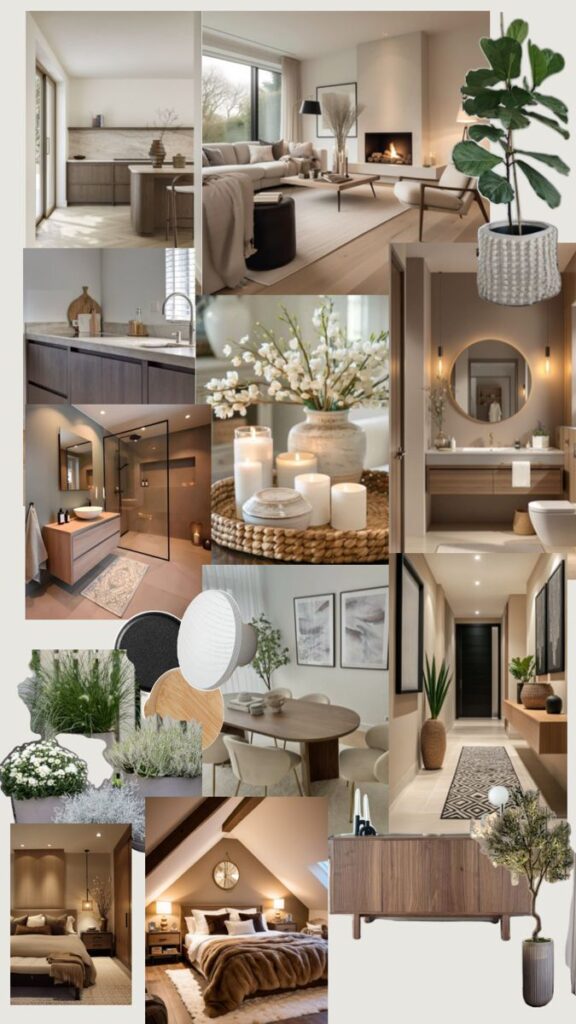
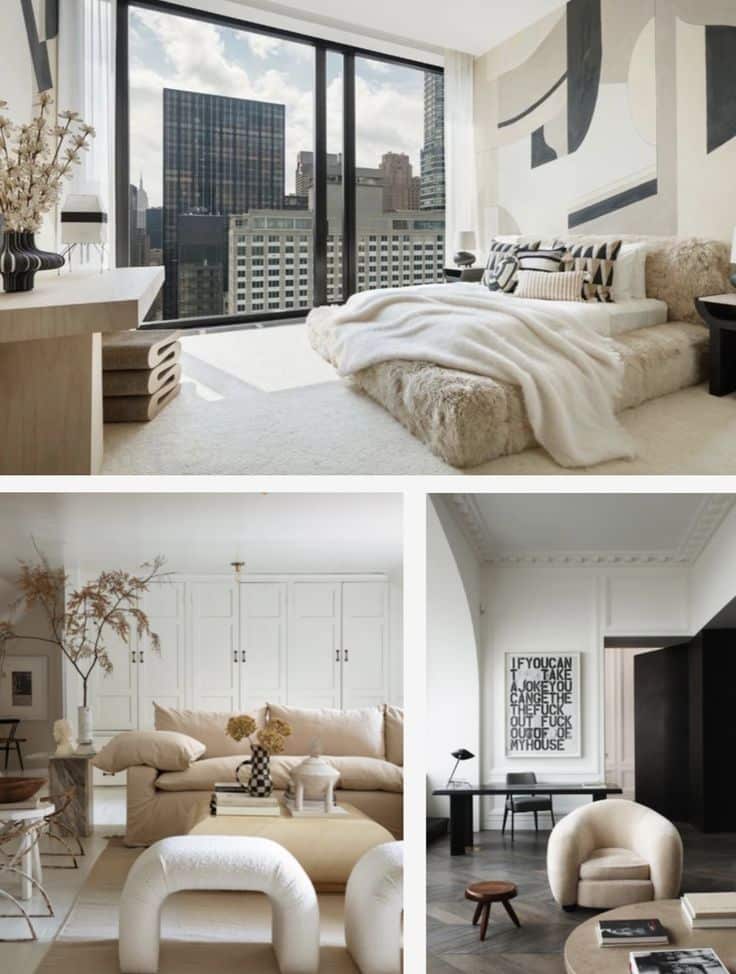
Layouts and Room Arrangements to Avoid
Certain living room layouts feel outdated because they prioritize rigid structure over comfort, creativity, and personal use. When your space feels too controlled or impersonal, it can limit how you actually enjoy the room day to day.
Overly Symmetrical Designs
Perfectly balanced furniture arrangements may look neat, but they often create a stiff environment. When every chair, lamp, and table mirrors the other side, the room can feel more like a showroom than a lived-in space.
Instead, you can try asymmetry to make the room feel more natural. For example:
- Place a sofa opposite two chairs of different styles.
- Use mismatched side tables that still complement each other.
- Balance a large piece of art with smaller objects instead of an identical frame.
A relaxed layout encourages flexibility. You get more freedom to adjust seating for conversation, entertainment, or quiet time. Breaking symmetry also allows your personality to come through, which makes the space feel warmer and less predictable.
Rigid and Hard Decorating
Rooms that stick to strict rules—like matching furniture sets or lining everything against the walls—can make the space feel flat. A rigid approach often ignores how you actually use the room, leaving it uncomfortable for gatherings or daily living.
You don’t need to follow a formula. Instead, think about function first. Arrange furniture to support how you spend time, whether that’s watching movies, reading, or hosting friends. A sectional and a lounge chair may work better than a full matching sofa set.
Also, avoid layouts that leave a large empty space in the middle. Pulling furniture closer together creates intimacy and improves flow. A rug can help anchor the arrangement and make it feel intentional without being overly strict.
Lack of Personal Touch
A room that feels copied from a catalog often lacks warmth. Even if the layout is technically correct, it won’t feel inviting if it doesn’t reflect your lifestyle or taste.
You can fix this by layering personal details into the arrangement. Place a chair where you naturally like to sit, not just where design rules suggest. Add a side table for your coffee mug or books instead of leaving the space blank.
Mixing in personal objects—like travel finds, family photos, or handmade items—keeps the room from looking generic. When you arrange furniture around how you live, the space becomes both practical and unique. A relaxed layout that adapts to you will always feel more current than one that follows outdated formulas.
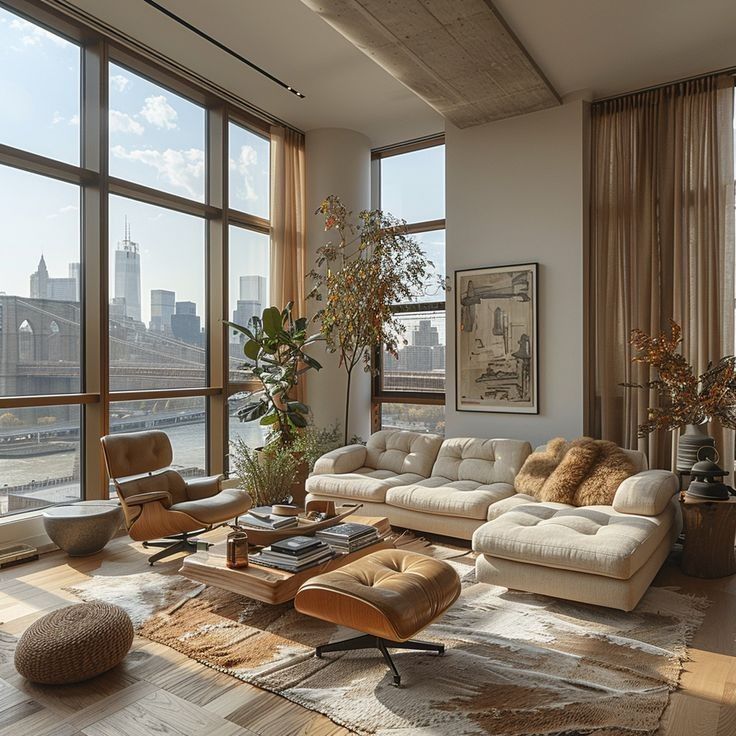
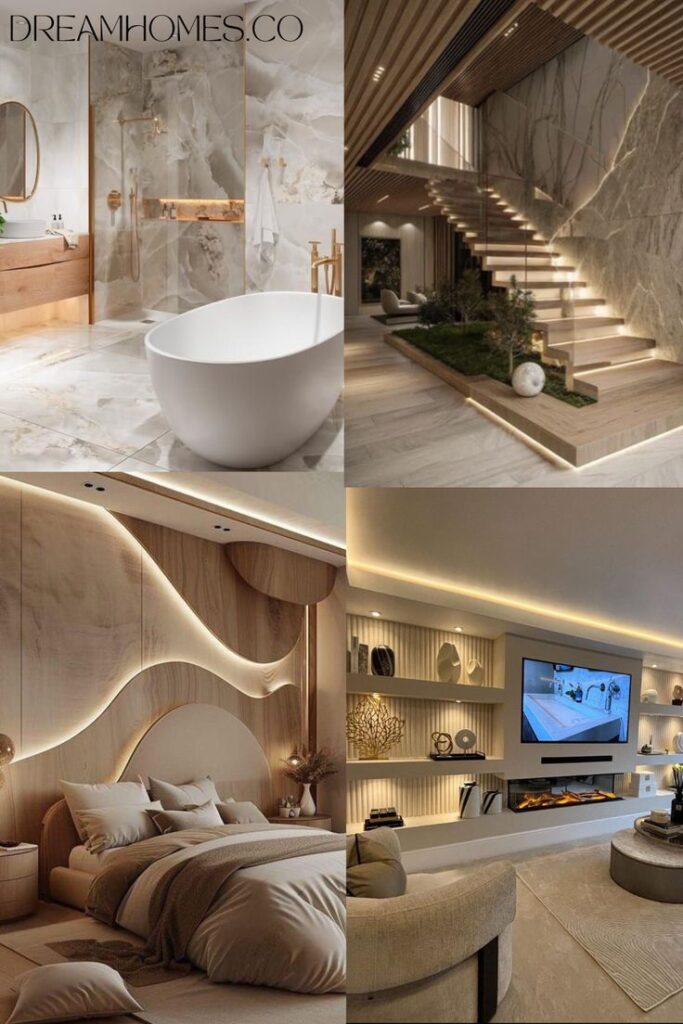
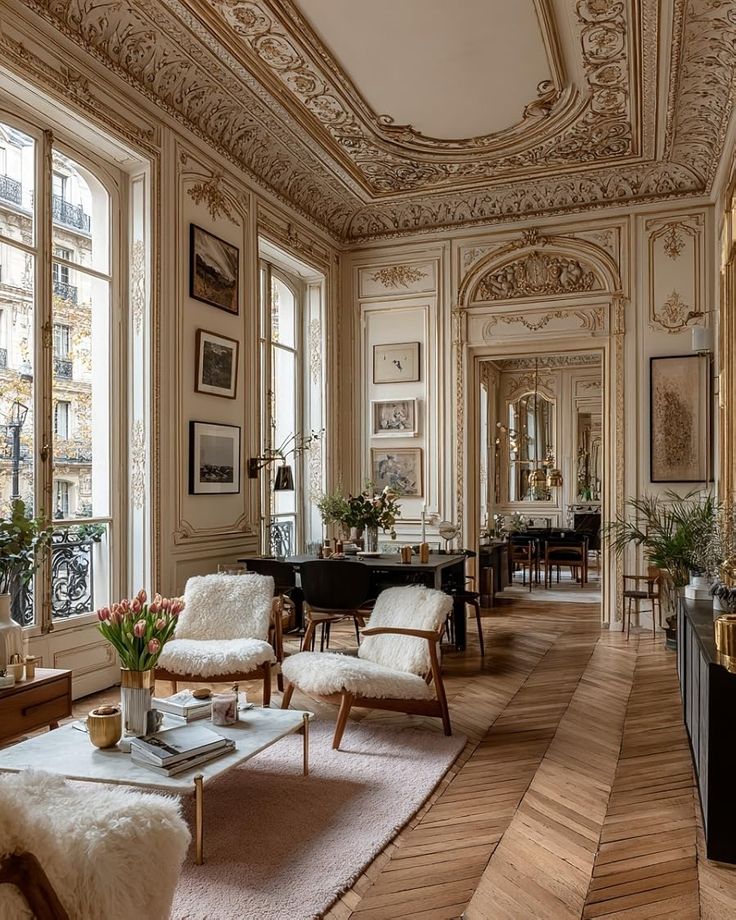
Decor Elements Losing Popularity
Certain decorative choices that once felt stylish now appear dated or impractical. You may notice that many of these elements focus more on appearance than comfort, function, or long-term appeal.
Karate-Chopped Cushions
You’ve probably seen cushions styled with a sharp crease in the middle to give them a “designer” look. While this was once common in magazines and model homes, it now feels forced and unnatural.
People are moving toward softer, more relaxed styling. A cushion should look inviting, not staged. Overly sculpted pillows can make a room feel stiff, as if it’s meant to be photographed rather than lived in.
Instead, let your cushions sit in their natural shape. Choose high-quality inserts that hold form without needing constant adjustment. This creates a lived-in feel while still looking neat.
Tip: Use a mix of square and lumbar pillows to add interest without relying on artificial folds.
Barn Doors and Fast Furniture
Sliding barn doors became popular during the farmhouse trend, but they no longer fit with current design preferences. They often lack sound insulation and can feel bulky in smaller spaces.
You might also find that the rustic style doesn’t blend well with modern or transitional interiors. A simple solid-core door or pocket door usually works better and provides more privacy.
Fast furniture—pieces made quickly and cheaply—faces the same decline. While budget-friendly, these items often wear out fast and contribute to waste. More homeowners now prefer investing in durable, timeless furniture that lasts.
Consider these swaps:
- Replace barn doors with pocket doors for space efficiency.
- Opt for solid wood furniture that can be refinished instead of disposable particleboard.
Edison Bulbs and Neon Signs
Exposed Edison bulbs once gave spaces an industrial edge, but their dim, amber glow doesn’t suit every room. They can make your lighting feel outdated and impractical for tasks like reading or cooking.
Neon signs followed a similar path. While fun for a bar or dorm room, they often clash with more refined interiors and feel gimmicky in living spaces.
You’ll get better results by choosing layered lighting. Mix ceiling lights, wall sconces, and table lamps to create warmth and flexibility. For personality, consider art, textiles, or unique fixtures rather than glowing signage.
Better alternatives include:
- LED bulbs with adjustable brightness
- Fixtures with frosted shades for softer light
- Statement pendants or sculptural lamps for character


